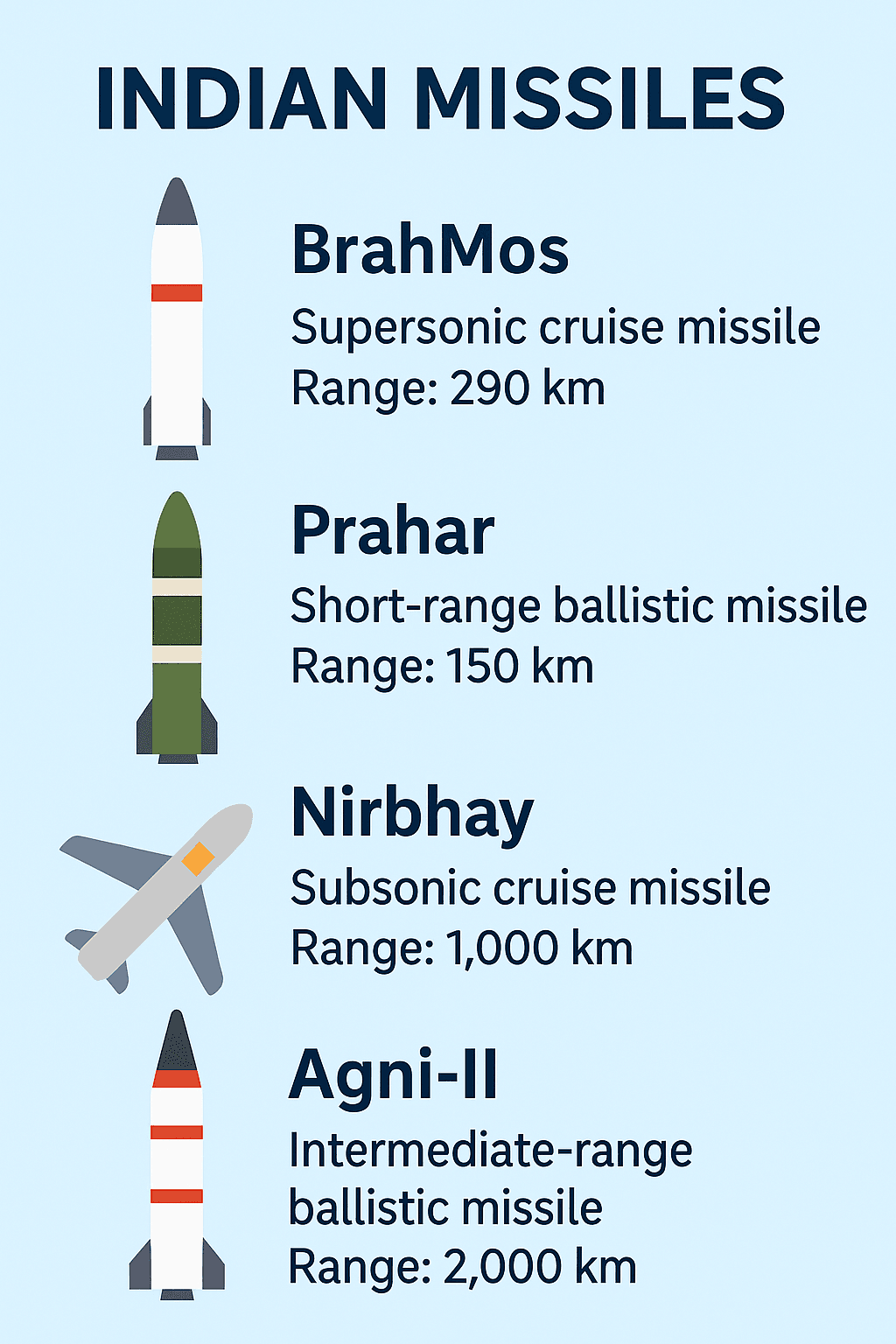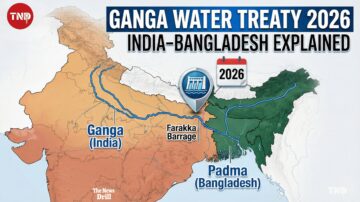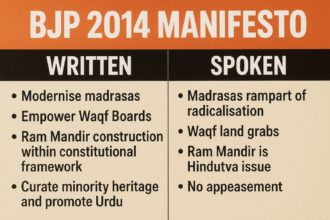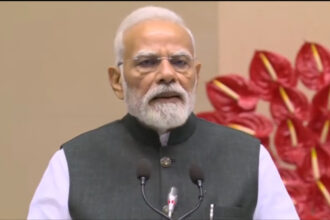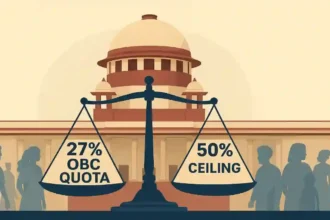GDP Per Capita: India vs. Japan
India has recently surpassed Japan in terms of total GDP, becoming the world’s fourth-largest economy in nominal terms. However, GDP per capita — which reflects the average income per person — tells a more nuanced story.
India’s GDP Per Capita (USD)
| Year | GDP per Capita |
|---|---|
| 2015 | $1,601 |
| 2018 | $2,015 |
| 2020 | $1,927 |
| 2022 | $2,388 |
| 2023 | $2,485 |
| 2024 (est.) | $2,878 |
India’s GDP per capita has shown steady growth, driven by rapid economic development, digitalization, and a growing consumer base. While still low in absolute terms, this trend suggests strong upward momentum.
Japan’s GDP Per Capita (USD)
| Year | GDP per Capita |
|---|---|
| 2015 | $34,651 |
| 2018 | $39,287 |
| 2020 | $39,880 |
| 2022 | $34,038 |
| 2023 | $33,834 |
| 2024 (est.) | $33,960 |
Japan’s GDP per capita has been stagnant or declining, especially in recent years. This is largely attributed to:
Demographic decline (aging population, low birth rates),
Slower economic growth,
Currency depreciation against the USD
Key Takeaway
-
India’s per capita income is rising but still lags far behind developed economies like Japan.
-
Japan remains wealthier per person, but India’s growth rate is higher, suggesting the gap could narrow over time if trends continue.
Source: World Bank, IMF, OECD, Trading Economics
Total Fertility Rate (TFR)
India’s TFR has been declining over the years.
-
2024: 2.03 children per woman
-
Projected 2050: 1.29 children per woman
A TFR of 2.1 is considered the replacement level. India’s current TFR is slightly below this threshold, indicating a transition towards lower population growth
Youth Demographics
India boasts a significant young population, which can be a demographic dividend if harnessed effectively.
-
Aged 0-14: 24% of the population
-
Aged 10-19: 17% of the population
This youthful demographic presents opportunities for economic growth, provided there are adequate investments in education and employment.
Passport Strength
> India’s passport strength is comparatively lower on the global stage.
-
Henley Passport Index 2025: Ranked 85th
-
Visa-Free Access: 58 countries
This ranking reflects the limited travel freedom for Indian passport holders compared to citizens of higher-ranked countries.
> Japan’s passport strength is comparatively much more on the global stage.
- Henley Passport Index 2025: Ranked 2nd
- Visa-Free Access: 193 countries
Income Classification
According to the World Bank’s classifications:
- India: Lower-middle-income country while Japan is High income country.
-
GNI per capita thresholds:
-
Low income: $1,145 or less
-
Lower-middle income: $1,146 – $4,515
-
Upper-middle income: $4,516 – $14,005
-
High income: $14,006 or more
-
India’s current GNI per capita places it in the lower-middle-income bracket.
Path to Higher Income Status
India’s progression to higher income classifications depends on sustained economic growth.
-
Current GDP per capita: Approximately $2,878
-
Target for Upper-middle income: $4,516
-
Target for High income: $14,006
Assuming an average annual GDP per capita growth rate of 6%, India could reach:
-
Upper-middle income status: In approximately 8 years
-
High-income status: In approximately 25 years
These projections are contingent on consistent economic reforms, infrastructure development, and human capital investment.
Challenges Ahead
Despite positive trends, India faces several challenges:
-
Unemployment: High rates, particularly among educated youth, with 83% of unemployed individuals being young and two-thirds having secondary or higher education.
-
Infrastructure: Need for significant improvements in transportation, healthcare, and education systems.
-
Environmental Concerns: Pollution and resource management issues.
-
Social Inequality: Disparities in income and access to services across different regions and communities.
Conclusion
India’s ascent in global GDP rankings is a testament to its economic potential. However, to translate this into improved living standards and achieve higher income classifications, concerted efforts are required to address structural challenges, invest in human capital, and ensure inclusive growth.




